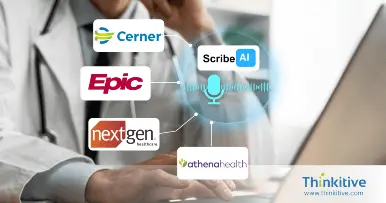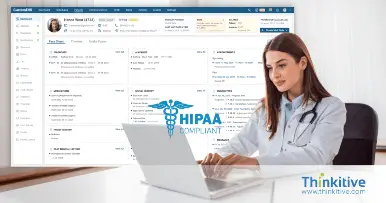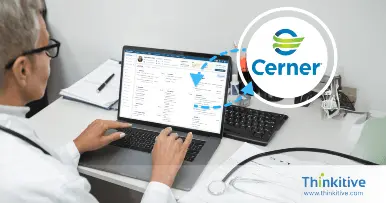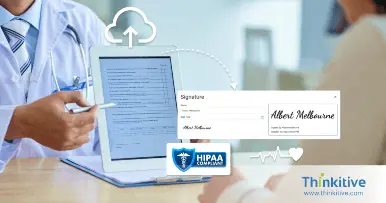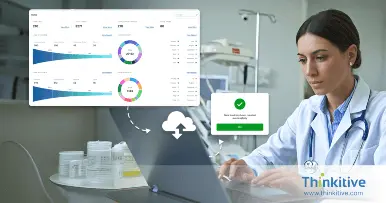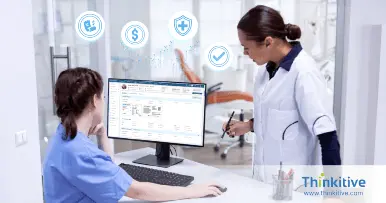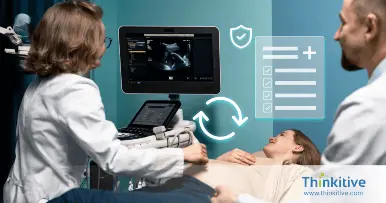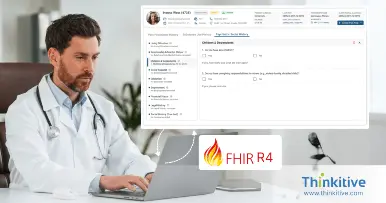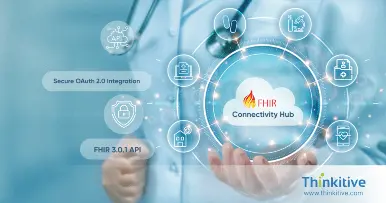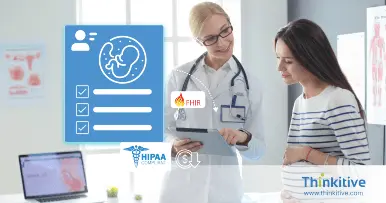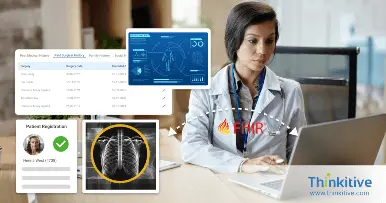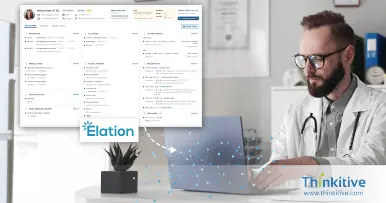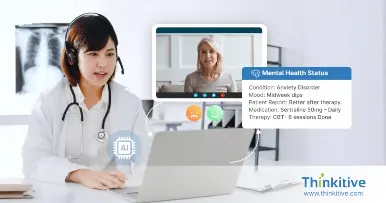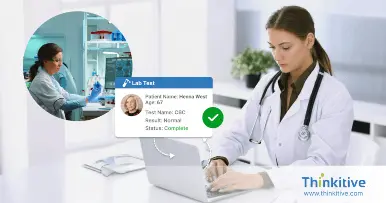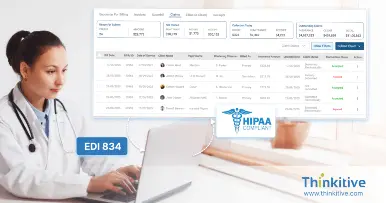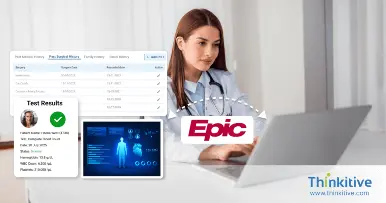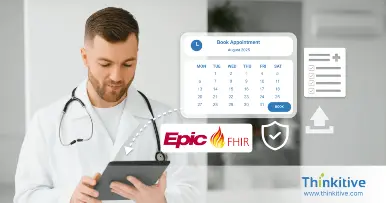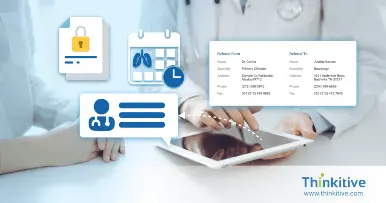Business Challenges
- Manual Data Retrieval
- Delayed Access to Critical Patient Information
- High Costs
- Errors in Patient Data Impact Care Quality
- Time-Consuming Processes
Solution
- Data Mapping and Transformation
- Automated Data Workflow
- Error Handling and Logging
- Scalability and Flexibility
Values
- Achieved a 60% reduction in per-patient data retrieval costs.
- Reduced documentation errors by 90% through automated data syncing.
- Cut manual processing time by 70%, enabling staff to prioritize patient care.
- Enabled 100% real-time data availability for seamless treatment planning and care updates.
Implementation Process:
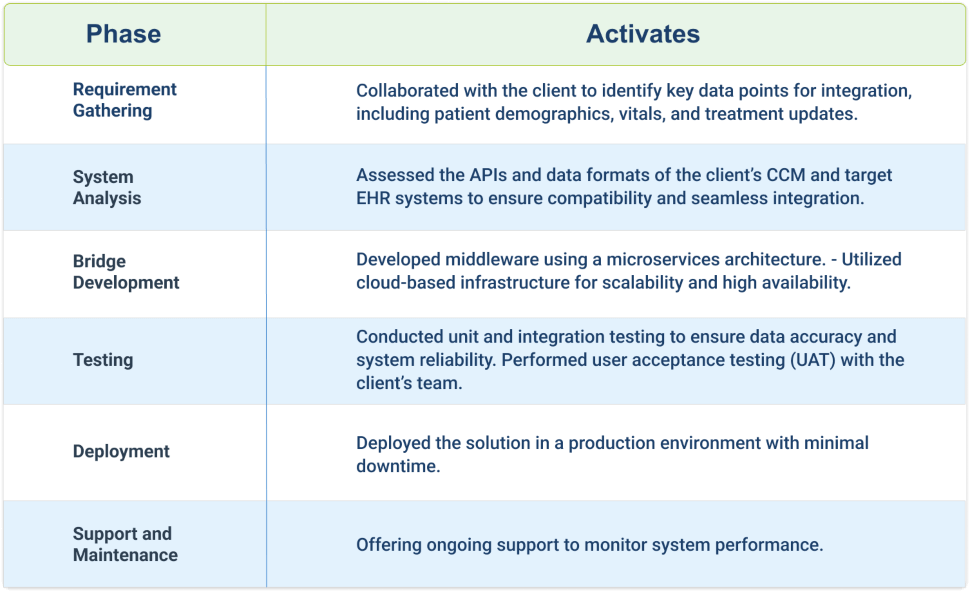
Proposed Solution:
To address these challenges, we proposed an Integration Bridge—a middleware solution that automates data exchange between the CCM and EHR systems. The bridge enables seamless bi-directional communication, eliminating manual intervention
Data Access Layer:
The integration bridge incorporated a secure Data Access Layer to connect seamlessly with various EHR systems using established HL7 and FHIR standards for interoperability. Secure API endpoints were created to facilitate data exchange, with OAuth 2.0 implemented for robust authentication and authorization. This ensured a secure and compliant framework for data access.
- Established secure API endpoints
- Used HL7 and FHIR standards to ensure interoperability
- Implemented OAuth 2.0
Data Mapping and Transformation:
Custom data mapping rules were developed to convert EHR-specific fields into CCM-compatible formats, ensuring smooth custom EHR integration. The process adhered to healthcare standards such as ICD-10 and SNOMED for consistency and compliance. This mapping ensured data accuracy and compatibility across systems, reducing errors and ensuring interoperability.
- Data mapping rules to convert EHR-specific fields into CCM-compatible formats
- Ensured compliance with healthcare standards
Automated Data Workflow:
The automated workflow streamlined data exchange between systems. It included the retrieval of patient demographics, clinical notes, and test results (Pull Data) and the seamless updating of care plans, treatment progress, and assigned tasks back into the EHRs (Push Data). This automation minimized manual intervention, improving efficiency and accuracy.
- Pull Data: Automated retrieval of patient data
- Push Data: Automatically updated care plans and other clinical documents
Error Handling and Logging:
A robust error-handling system was implemented to track synchronization errors and automatically retry failed transactions. Integrated audit trails ensured every data exchange was logged for compliance and transparency. This proactive approach enhanced system reliability and traceability.
- Implemented a monitoring system to track data synchronization
- Integrated audit trails for tracking data exchanges
Scalability and Flexibility:
The bridge was designed to support future integrations with additional EHR systems, ensuring scalability. Configuration options were built in to accommodate changes in EHR APIs or updates in CCM requirements, providing a flexible and adaptive solution.
- Scalable design for growing data volumes
- Load balancing for performance optimization
- Support for future feature enhancements
The integration bridge provided a transformative solution for the client, addressing inefficiencies, reducing costs, and improving care coordination. By automating the data exchange between CCM and EHR systems, the client achieved operational excellence and enhanced patient outcomes.

Business Value
Improving UX
Helped being on the same page with the patients. We improved User experience and made the accuracy of the results higher.
Developing All Flow
Helped in having a competitive advantage. We chose a proper tech stack, developed all flow from A to Z and implemented in real life.
Optimization
Increasing operational speed by 2 times. Now all data in one place. Increasing operational speed by 2 times. Now all data in one place.
Transform Your Business with Powerful Insights Enabled by Cutting- Edge Generative AI



